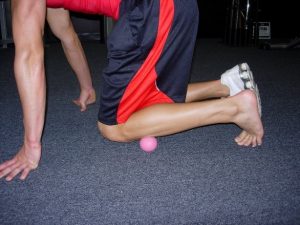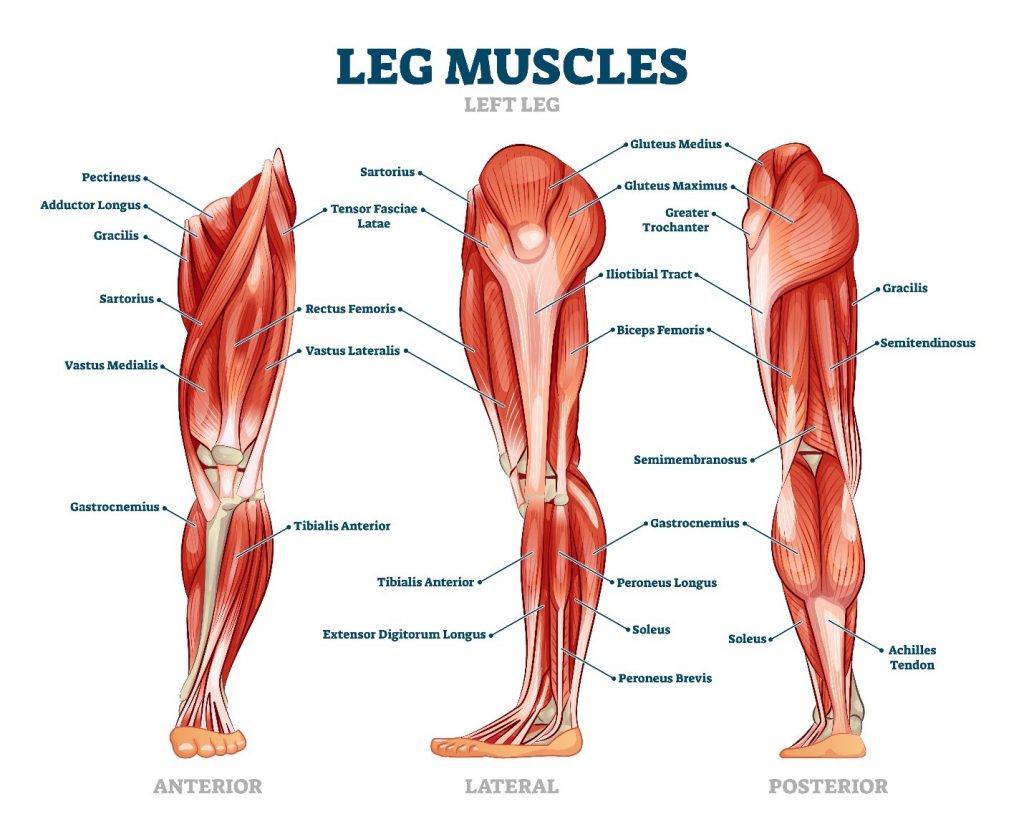What Causes Plantar Fasciitis Pain?
Author: Julie Donnelly, LMT –The Pain Relief Expert
Editor: Dr. Steve Chaney
June, Glorious June
 Florida is heating up and mid-day is pretty hot, but the rest of the USA is just entering the best time of year (if you love warm weather). And I think the best part is that the days are longer so we can get out and enjoy life more.
Florida is heating up and mid-day is pretty hot, but the rest of the USA is just entering the best time of year (if you love warm weather). And I think the best part is that the days are longer so we can get out and enjoy life more.
Last month was the beginning of me trying to get in shape to do the El Camino de Santiago. This 500-mile trek was beautifully shown in a 2011 movie titled “The Way,” starring Martin Sheen. It’s something I had wanted to do to celebrate my 70th birthday, but then I broke both bones of my left ankle in half (OUCH) and had lots of complications. Now I’m determined to try again for my 80th birthday which is several years away. As a result, I have a lot of time to get in shape. I’ll keep you updated as the months go past. Let me know if you have ever done this trip, I’d love to hear your experiences.
As the beginning of my training, I did a 5K race on May 1st – walking, not running. I was shocked when I came in 2nd place for my age group. Of course, at my age the competition is limited, but I still have a trophy here in my office to applaud my efforts.
It seems like a perfect time to talk about foot pain that can prevent you from walking around your house, never mind a 500-mile cross-country journey. Let’s look into plantar fasciitis – pain in the arch of the foot.
What Causes Plantar Fasciitis Pain?
If you have arch pain, don’t rub your foot! There is a good chance the pain is actually coming from your lower leg. You will understand as we discuss the logic of the body and how lower muscles cause the pain. By the way, this treatment is also great for healing a sprained ankle, so it is doubly helpful!
The Muscles Involved In Plantar Fasciitis
The muscles of your lower leg, specifically the Tibialis Anterior, Peroneus, Gastrocnemius and Soleus, all insert into your foot.
The tibialis anterior inserts into your arch and pulls your foot so you can lean on the outside of your foot.
The peroneus tendon inserts into the bone at the outside of your foot and pulls up on the bone so your foot rolls in toward your arch. Your two calf muscles insert into your heel bone (talus) and can be pulling it backward, so you can lift your heel up from the floor.
The culmination of these movements is your arch is being pulled to the left, the right, and backward. Your arch hurts and too many people are addressing their arch, but not the muscles that are causing the strain.
Treatment For Plantar Fasciitis Pain
In my books, Treat Yourself to Pain-Free Living and The Pain-Free Athlete, I show you how to treat all the muscles of your leg. If you are suffering with plantar fasciitis, or if you’ve had a sprained ankle, you would benefit by getting one of these books.
Meanwhile, I would like to share one self-treatment that will help.
Treating Your Tibialis Anterior Muscle
 Using the Perfect Ball, place the ball as shown in the picture to the left. The ball is just to the outside of your shin bone, and just below your knee joint.
Using the Perfect Ball, place the ball as shown in the picture to the left. The ball is just to the outside of your shin bone, and just below your knee joint.
Press down on the ball and move your leg do the ball rolls down your leg. If you feel like your arch will cramp, curl your toes as shown.
Go all the way down your leg to just above your ankle.
About midway down your shin, you will find an exceptionally tender area. That is the knot (spasm) that is putting pressure on the inside of your arch. Just stay still on the spasm until it releases. Sometimes it can be so painful that you need to lift your weight up off the ball for a little bit while you collect your breath.
Keep doing the pressure-release until the pain in your tibialis anterior muscle is gone.
If you have one of my books, I suggest you do all the treatments shown in the chapter about the lower leg, including each of the techniques for the back of your ankle.
Wishing you well,
Julie Donnelly
These statements have not been evaluated by the Food and Drug Administration. This information is not intended to diagnose, treat, cure, or prevent any disease.

